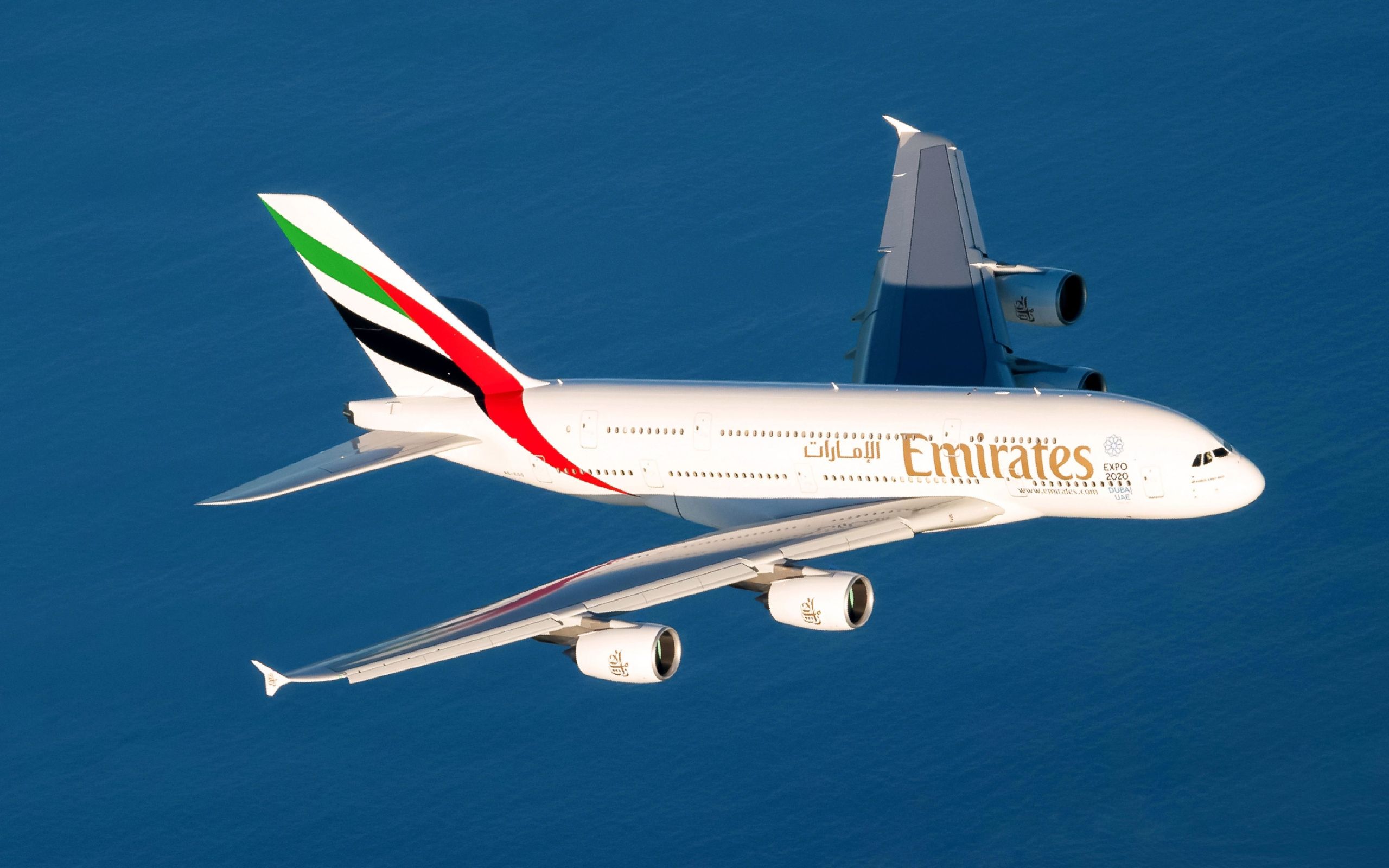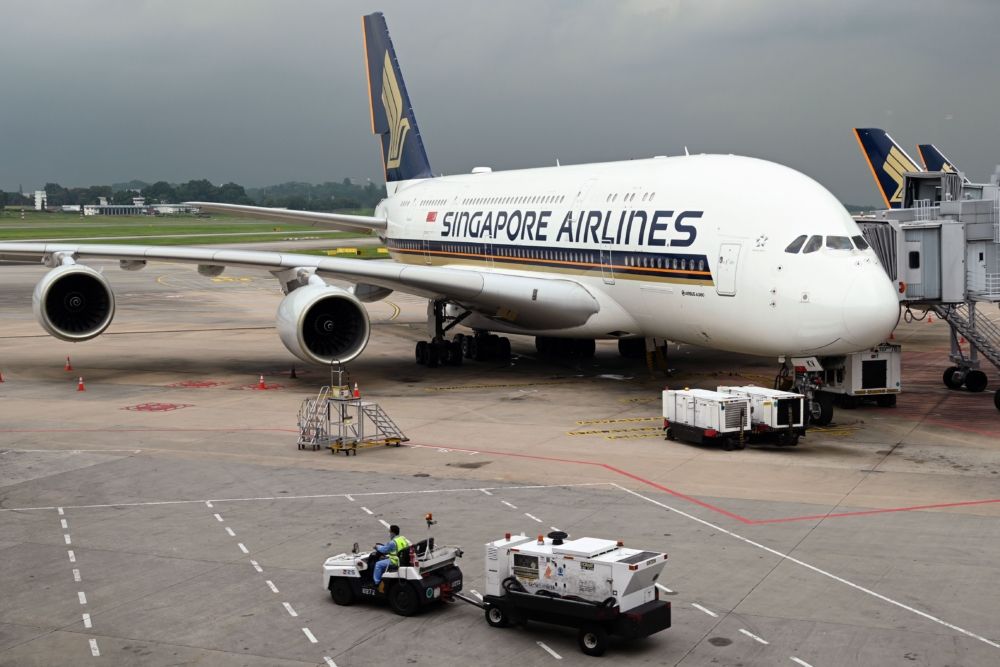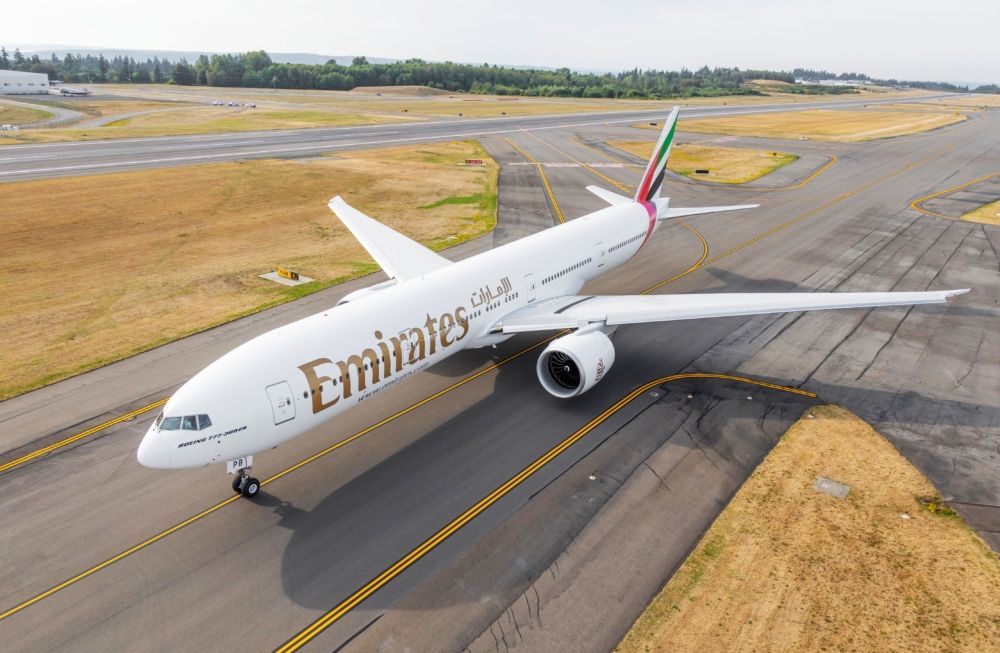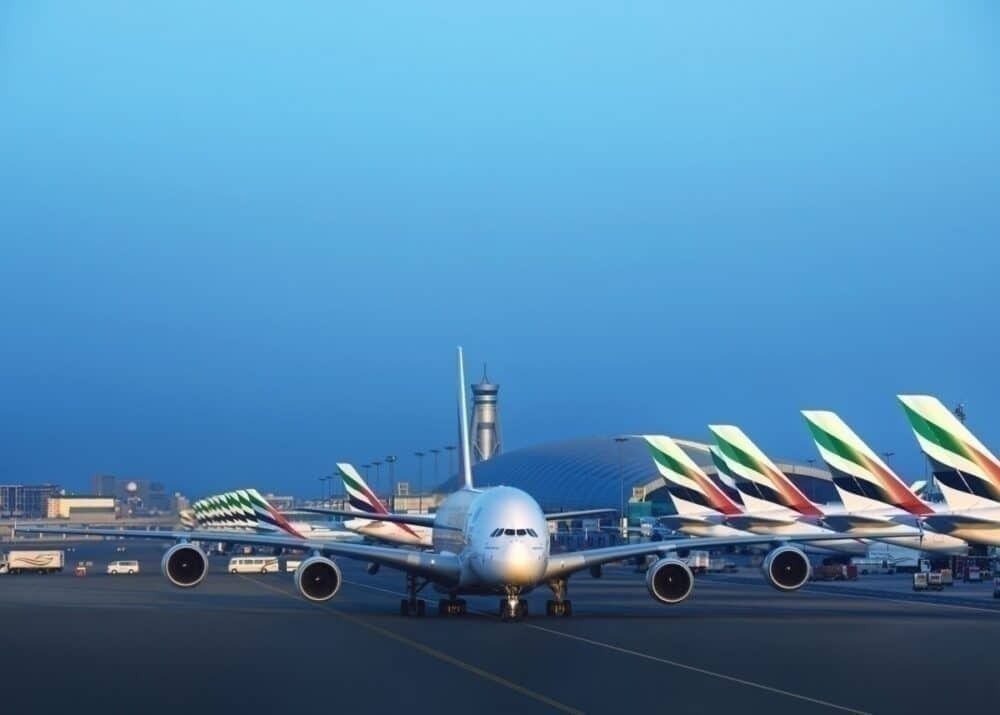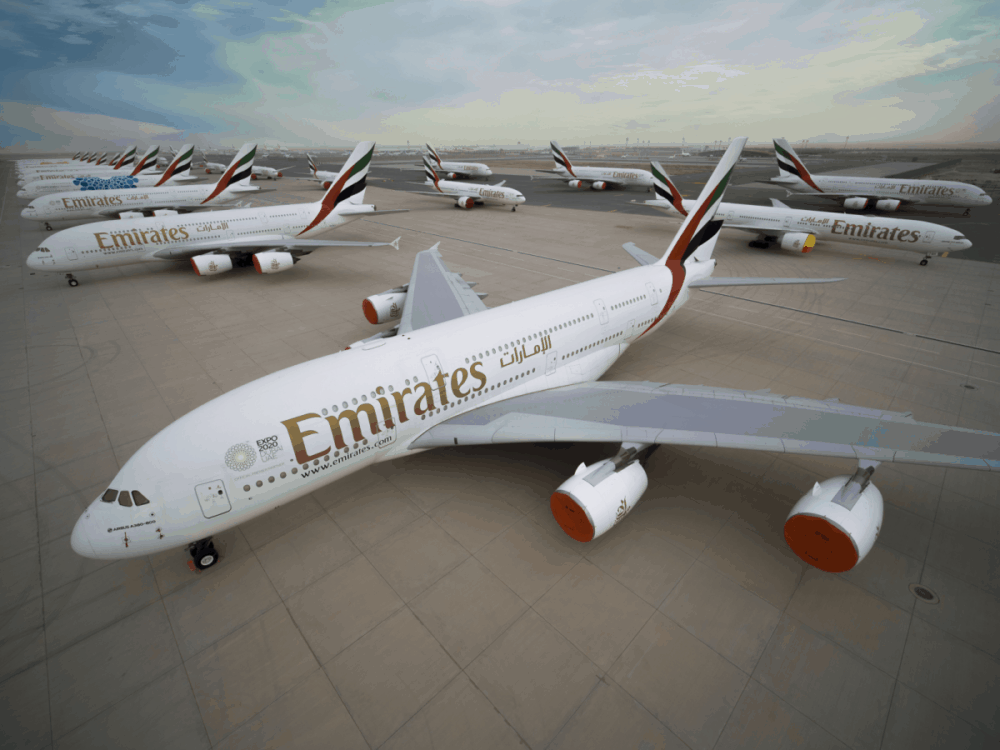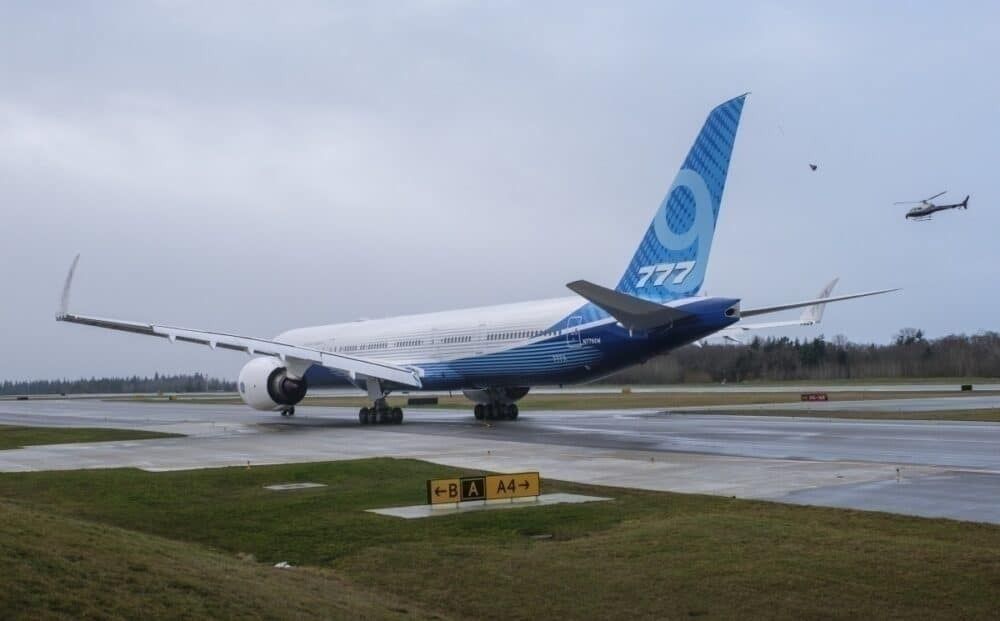The A380 has had its fair share of challenges. It is a great aircraft but has not worked out as well as hoped. Several airlines canceled orders, others reduced them, and by 2019, Airbus had announced the end of production. Emirates stands apart with the A380, though, and accounts for 123 of the 251 aircraft ordered. How it is managed to make it work when others have failed?
Ordering the A380
Emirates was the first customer to place an order for the A380, announcing an order for five aircraft (plus an additional two freighter orders, that would later be canceled) in April 2000. By the time the A380 entered service in 2008, it had ordered another 42.
Several more orders followed, including one order in November 2013 for 50 aircraft. This was the largest order the aircraft received. And together with an order for 150 777X aircraft, it was the largest ever aircraft order announcement at the time.
With a final order in January 2018, Emirates reached 162 aircraft ordered. Unfortunately, these were not all to work out. In February 2019, it canceled orders for 39 aircraft, switching instead to A330neo and A350-900 aircraft.
Still, with 119 A380s in its fleet, it is far ahead as the largest A380 operator. The second-largest operator, Singapore Airlines, has purchased 24 aircraft (and has already started retirement of the first ones).
A true hub operator
The A380 was designed as an aircraft to support hub-based operations. Airbus conceived the project to go further than the high-capacity Boeing 747. In doing so, it bet big on the future potential of hub and spoke flying. It may have been the only manufacturer to develop such a large aircraft, but it was not alone in trying to do so. McDonnell-Douglas and Lockheed Martin looked at proposed developments, and Boeing tried at least twice to stretch the 747.
As it turned out, airlines moved more to a point-to-point strategy. Aircraft such as the 777 were much better for this, flying more frequent, lower capacity routes. This is why no US airline ordered the A380 - they wanted more flexible point-to-point flights rather than hub-based operations and airport limitations.
Emirates, however, is a true hub-based operator, carrying passengers on medium and long-haul flights with connections at its hub in Dubai. Emirates senior vice president for operations Hubert Frach explained how this has worked for the airline. In an interview with Business Insider, he said:
“It works great for our network structure’s long-haul to long-haul connections. It allows us to offer efficient connections between developing economies with well-established economies.”
Advantages of a large fleet
Operating fewer aircraft types has cost and complexity advantages. Maintenance, crew rotation, and flight schedules, for example, all benefit. This is a strategy we often see with low-cost airlines. Southwest Airlines, for example, does this by only operating the Boeing 737.
Emirates has made this work with the A380. It has built up a fleet of just A380 and 777 aircraft, giving it definite advantages over airlines that have tried to operate just a small fleet of A380s. Emirates CEO Tim Clark discussed this in comparison with Air France, in an interview with Airline Ratings:
“The A380 was a misfit for Air France. They never scaled; they only have ten aircraft. Yes, we faced the same teething problems, but we dealt with them because we were scaled enough to deal with it. If you’ve got a sub fleet of 10 it’s a bloody nightmare, and the costs go through the roof… But if you got a hundred of them, it’s a bit different. Your unit costs in operating with that number are a lot lower than having just ten.”
Less reliance on the A380 going forward
Many airlines, of course, have struggled with the A380 in 2020. The slowdown in aviation has made higher-capacity aircraft particularly hard to operate. We have seen Air France retire its A380 fleet, and Lufthansa may do the same.
Emirates grounded its A380s from March to mid-July 2020, when they resumed service to London and Paris. For high-demand routes, it still works well with the hub strategy, just perhaps with lower frequency. In November for example, it was back to four daily flights to London (this was as high as eight before).
CEO Tim Clark commented recently that the A380 is now over. But for Emirates, it will still be around for some time. Many aircraft remain young, and it still has to take delivery of the last remaining new aircraft. It seems unlikely it would retire many early unless the secondhand market for the aircraft improves. Currently, only one retired A380 (from Singapore Airlines) has been operated by another airline, HI Fly. And this will soon be retired amidst lack of charter demand.
Going forward, though, the A380 will take a less dominant place in the Emirates fleet. Numbers will only decrease, and it will be joined by the Airbus A350, A330neo, and Boeing 777X and 787. No doubt this will change how and where it uses its A380s, but it will be some years before we see this.
Would you like to share any thoughts on Emirates and the A380? Will it still find a role going forward, or has its best days past? Let us know your thoughts in the comments.

